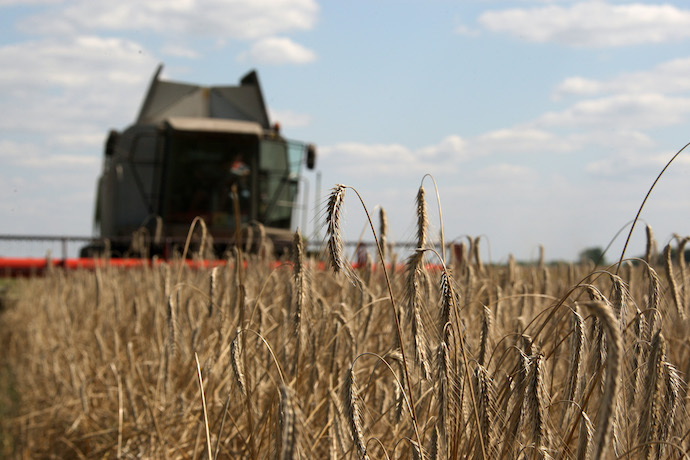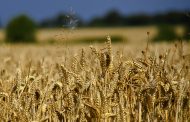First Deputy Minister of Agrarian Policy Taras Vysotsky announced in a briefing at the Media Center of Ukraine that Ukraine has lost 25% of its cultivated area, and the structure of cultivated crops has changed as a result of the mass Russian invasion.
Vysotsky explained that despite the loss of 25% of the cultivated area, the structure of crops this year as a whole is more than enough to ensure consumption, which in turn also decreased due to mass displacement and external migration.
According to Vysotsky, the main difference in the sowing of this year, with the exception of the extreme nature of his behavior in hostilities, is a change in the priorities of farmers, since a partial decrease in the production of export-oriented castes may lead to a loss of export potential.
Nowadays, farmers have changed the structure of the seeding wedge in terms of crop priorities, and this has been affected by several factors, including the blockade of the Black Sea ports and the impossibility of growing more resource-intensive crops during the war.
The largest changes in crop structure occurred in crops such as corn, sunflower and soybean, Vysotsky said, and soybean crops, the most lenient crop for mineral fertilizers, were slightly less than the previous year – about 1.25 million hectares to 1.3 million hectares last year. Sunflower crops are 4.7 million hectares.
“But maize was planted less than last year – 4.6 million hectares compared to 5.5 million hectares last year, although it gives a higher yield, unlike other crops it is difficult in logistics,” added Vysotsky.
This year’s harvest in Ukraine is expected to reach about 65 million tons, including grain by 50 million tons – 60% of last year’s record.
Ukraine exported more than 1.7 million tons of agricultural products in May, up 80% from April, and river ports became the main export gateways.
Ukraine Gate – Kyiv – June 14, 2022- First Deputy Minister of Agrarian Policy Taras Vysotsky announced in a briefing at the Media Center of Ukraine that Ukraine has lost 25% of its cultivated area, and the structure of cultivated crops has changed as a result of the mass Russian invasion.
Vysotsky explained that despite the loss of 25% of the cultivated area, the structure of crops this year as a whole is more than enough to ensure consumption, which in turn also decreased due to mass displacement and external migration.
According to Vysotsky, the main difference in the sowing of this year, with the exception of the extreme nature of his behavior in hostilities, is a change in the priorities of farmers, since a partial decrease in the production of export-oriented castes may lead to a loss of export potential.
Nowadays, farmers have changed the structure of the seeding wedge in terms of crop priorities, and this has been affected by several factors, including the blockade of the Black Sea ports and the impossibility of growing more resource-intensive crops during the war.
The largest changes in crop structure occurred in crops such as corn, sunflower and soybean, Vysotsky said, and soybean crops, the most lenient crop for mineral fertilizers, were slightly less than the previous year – about 1.25 million hectares to 1.3 million hectares last year. Sunflower crops are 4.7 million hectares.
“But maize was planted less than last year – 4.6 million hectares compared to 5.5 million hectares last year, although it gives a higher yield, unlike other crops it is difficult in logistics,” added Vysotsky.
This year’s harvest in Ukraine is expected to reach about 65 million tons, including grain by 50 million tons – 60% of last year’s record.
Ukraine exported more than 1.7 million tons of agricultural products in May, up 80% from April, and river ports became the main export gateways.







